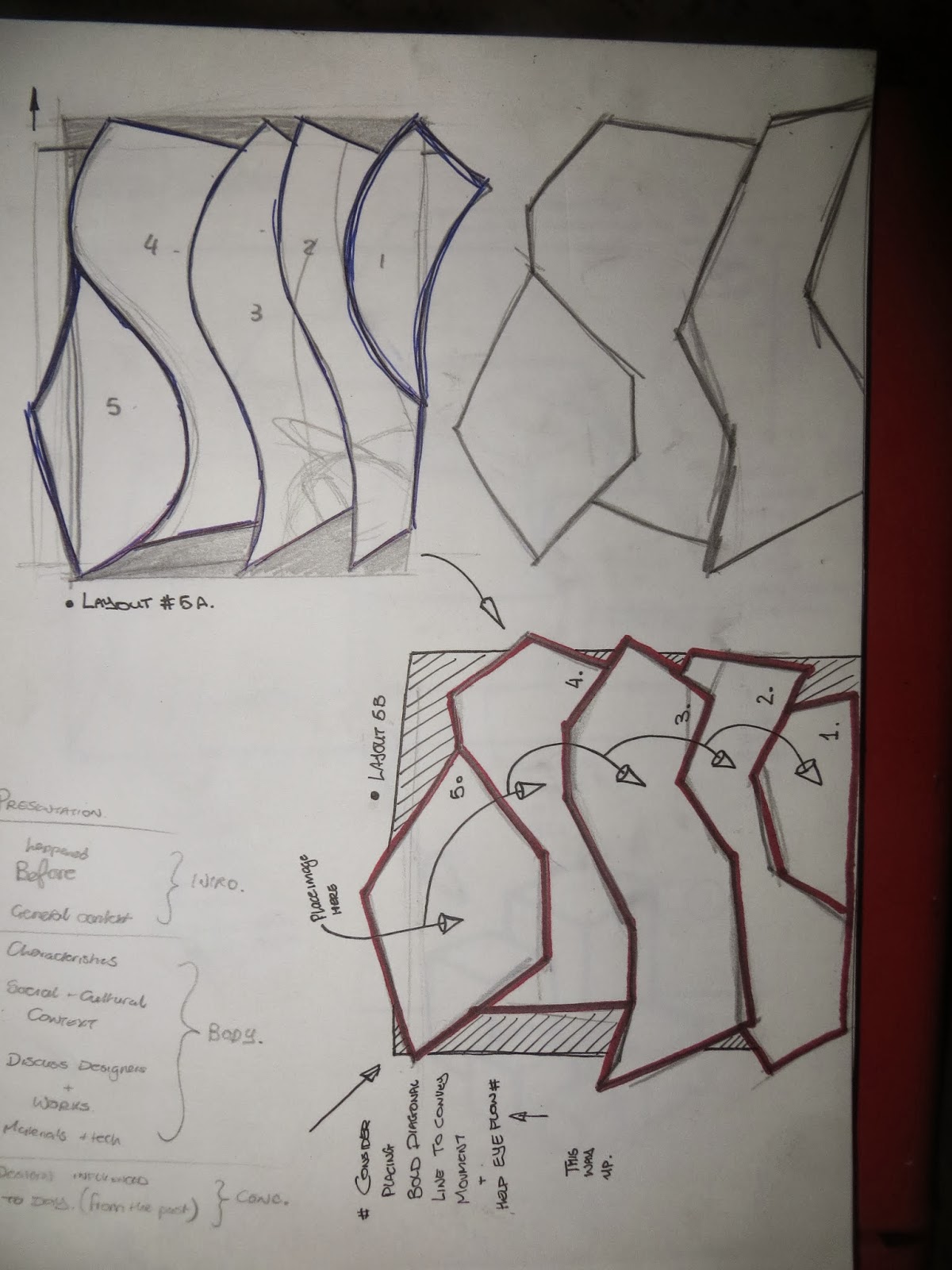The dadist sought to look towards the future by restoring the errors of the past and conform to a new ideology toward culture. As an artist Hausmann made use of new technologies which emerged in the Dada movement. Hausmann's work made use of the new technique of photo montage which was pioneered by the Dadist and also incorporated found material in his work. At the time these were new an innovative aspect which started to emerge in art. The use of ready mades and collages was in line with the anti art mentality as they also wanted to move away from traditional art tools and techniques. The development of the new techniques was a crucial aspect that effected society and they could have an updated view towards art. Also a n important aspect of Hausmann work was the way he portrayed type and cut outs of different typefaces which at the time was was regarded as an innovation for art. The common notion at the time is that art was simply aesthetic imagery. The fact that the use of type started to emerge shows the dadist re interpretation of art their society. The dadist work spread to different field of art including music , expressive art and literature which would widely span its effects on society
Another artist who believed in a similar ideology of Hausmann and the Dadist was designer Jaimie Reid. Reid is an English artist which work emerged in the early to mid 1970’s In the punk sub culture. Like the dadist the punk ideology was based against society. They believed in anarchy and wanted no part with tradition conformities. The punk movement was directly influenced by a Punk music band the Sex pistols which also believed in this ideology. At the time the young emerging society followed and was influenced by the sex pistols and this allowed Jamie Reid art to also effect society as he was responsible for designing their album covers. Like Hausmann, Jamie Reid made use of different type faces which would be collaged on his imagery similar to Hausmann. Also Reid made use of photomontage and collage techniques which were previously developed by Hausmann and the Dadist which reflects on the similarities w these separate styles have in common. Reids work would mainly involve images of important figures of culture and society which are in political or powerful positions incorporating ironic slogans which served as a symbol against the rule in his work. The use of using irony would effect the people who viewed his work which could influence their belifs and open their eyes to the issues in their society.
References
http://ashleighberryman.wordpress.com/tag/jamie-reid/
http://www.dada-companion.com/hausmann/
http://www.theguardian.com/artanddesign/2012/mar/26/british-design-modern-age
accessed 26/1/2014 22:00












